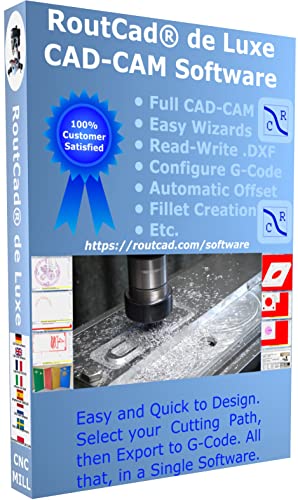I also am departing form the forum norms a little in that I plan for the engine to drive a load and not just run(not that there is anything wrong with that!). The single cylinder test engine will likely drive a generator as a dummy load, but I want the five cylinder version to drive its own water pump, fuel pump, injector pump, generator, lubrication pump and blower while still having enough power left over to be used to drive a real world application. To that end, it is going to take a lot more fuel to run usefully. When I work out the back pressures created by the compressed air in the cylinder I may go to a larger pump plunger diameter and bring down the total possible injection pressure.
I am up in the air on what I want the injection to look like. Also up in the air if I want to go preburn chamber or not. I would like to be able to burn diesel OR vegetable oil, so a chamber temperature of 500°C is required to burn off the glycerine deposits.
Five cylinders will give me about a 500cc two stroke engine which is where a cheap AMR500 blower will come in with, now getting really hopeful, a turbocharger rated for a smaller engine, tied in to provide compressed air to the blower, once the engine is up to speed.
For now the plan is to devise a fuel metering system that is as bullet proof as possible and drive the single test cylinder off of compressed shop air. If that works I have a large vaned motor that I want to use as the single cylinders blower. If that works, then it is on to adding more cylinders.
My lathe and mill are very small, both manual Taig, so I will probably end up building a modular engine and add cylinders as I go with a linked but not solid crank.





















































![MeshMagic 3D Free 3D Modeling Software [Download]](https://m.media-amazon.com/images/I/B1U+p8ewjGS._SL500_.png)







![DreamPlan Home Design and Landscaping Software Free for Windows [PC Download]](https://m.media-amazon.com/images/I/51kvZH2dVLL._SL500_.jpg)






